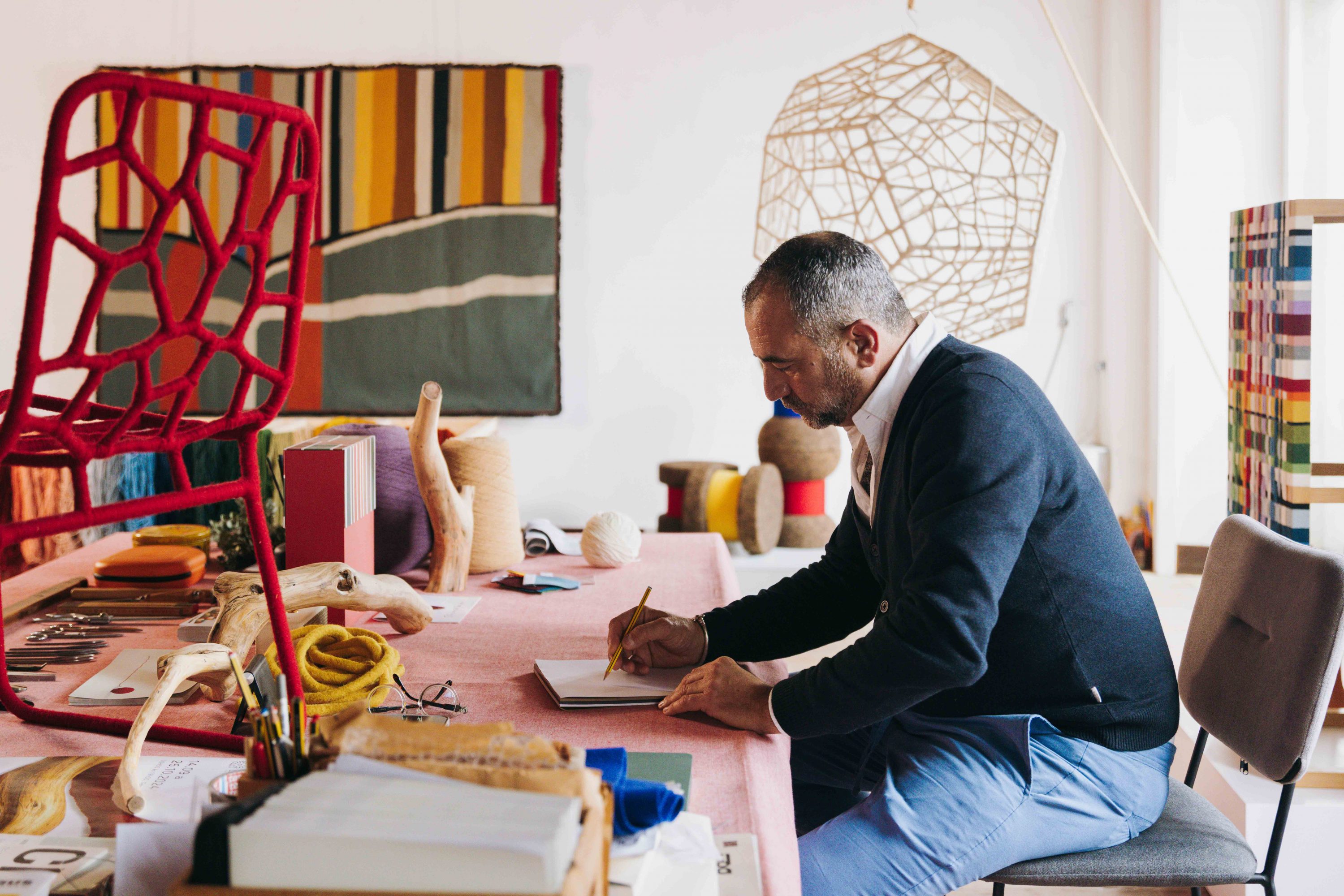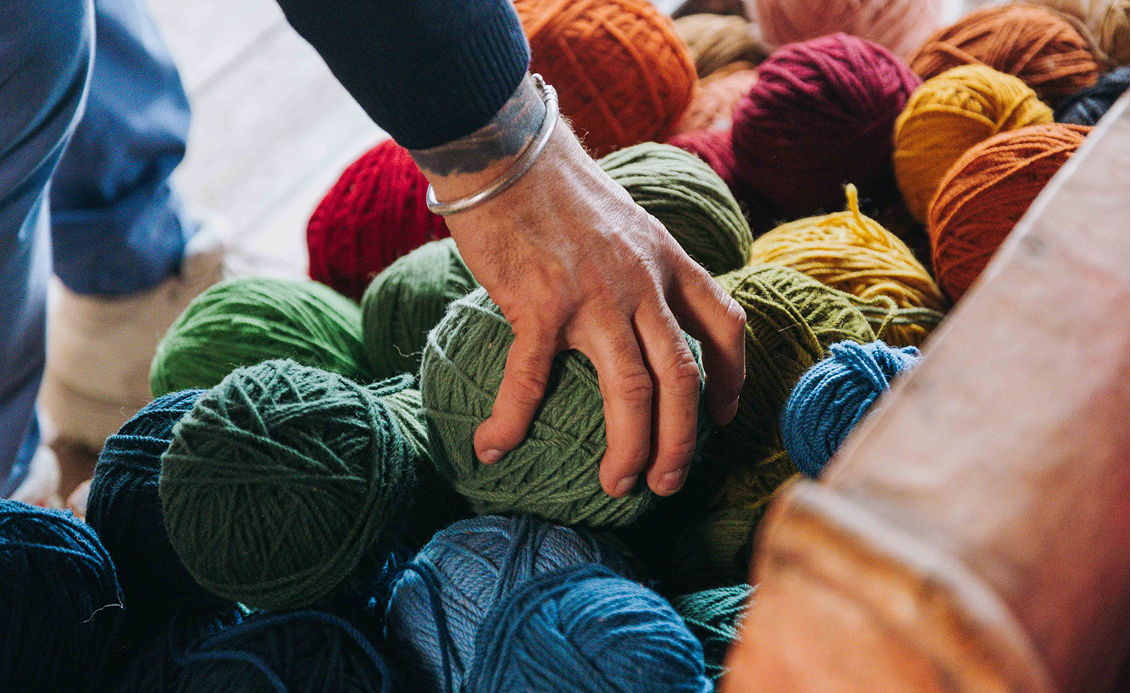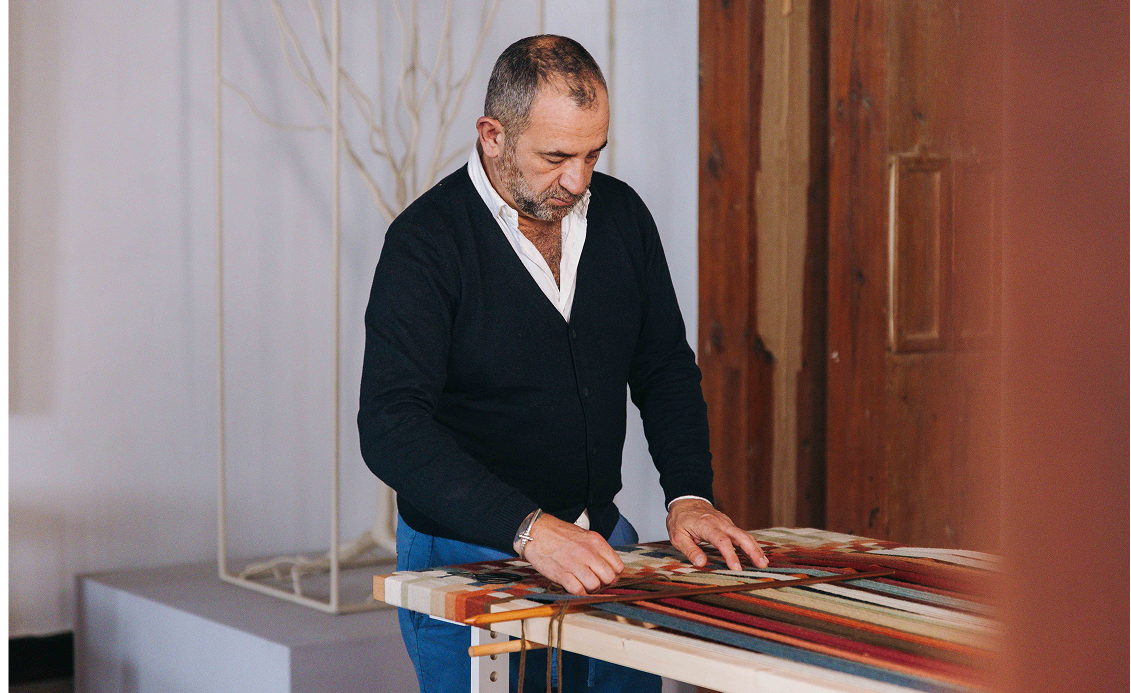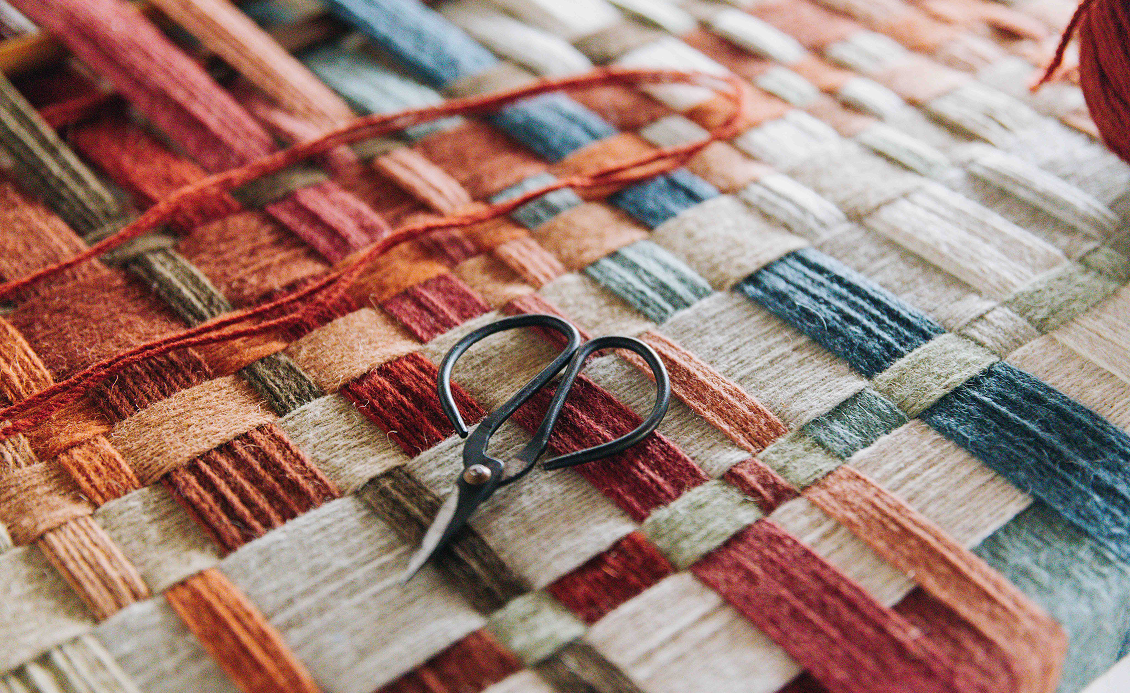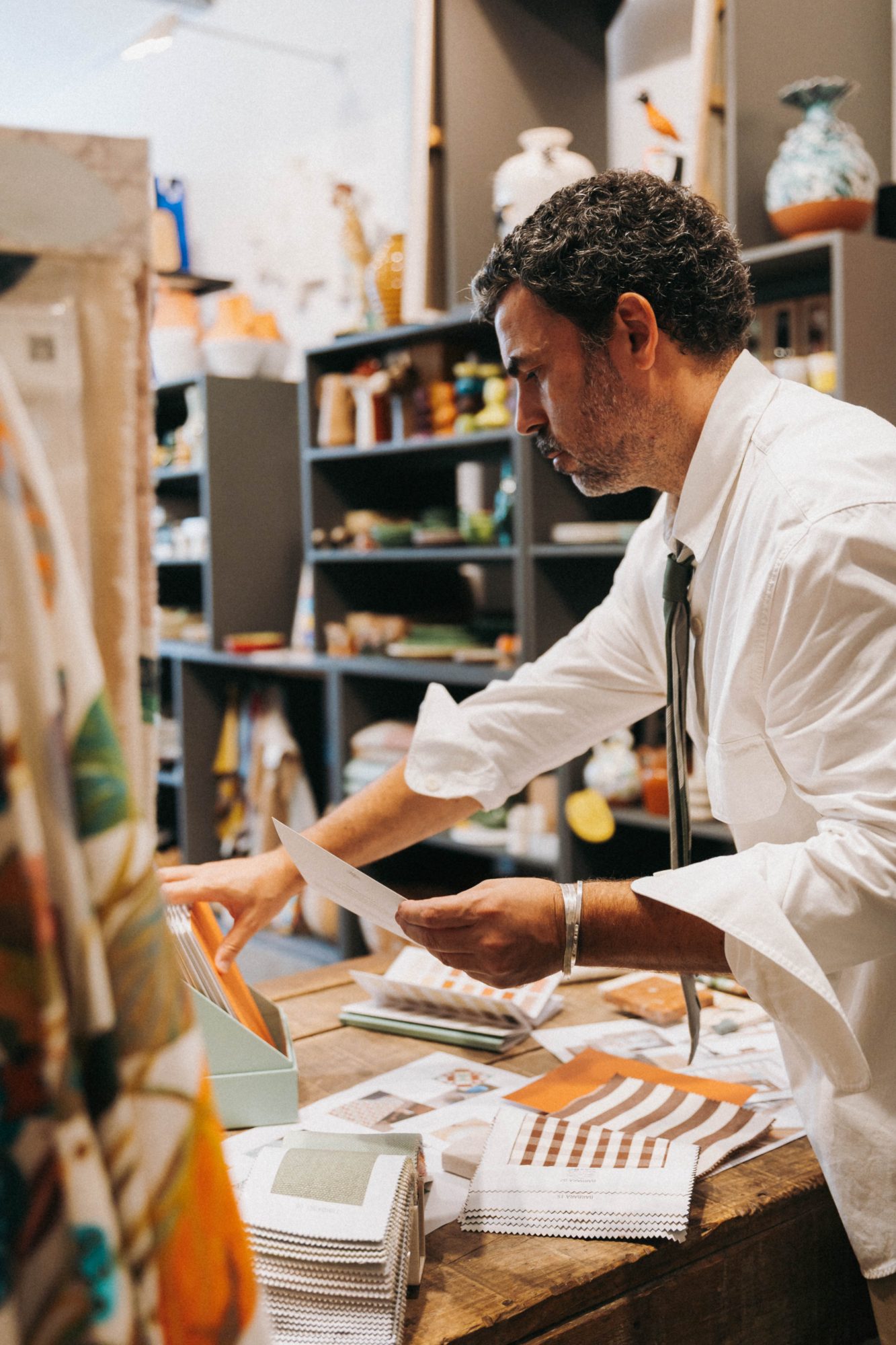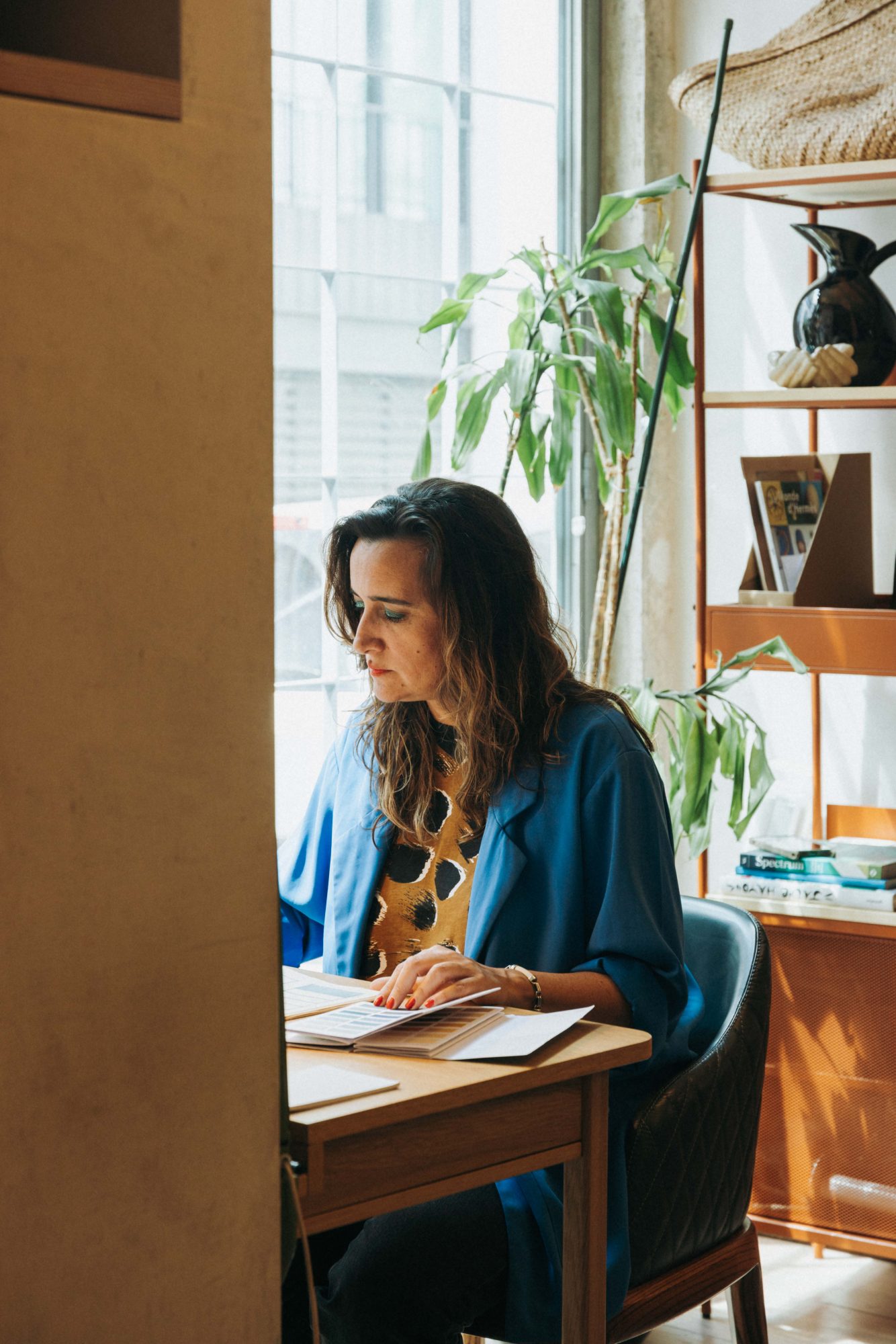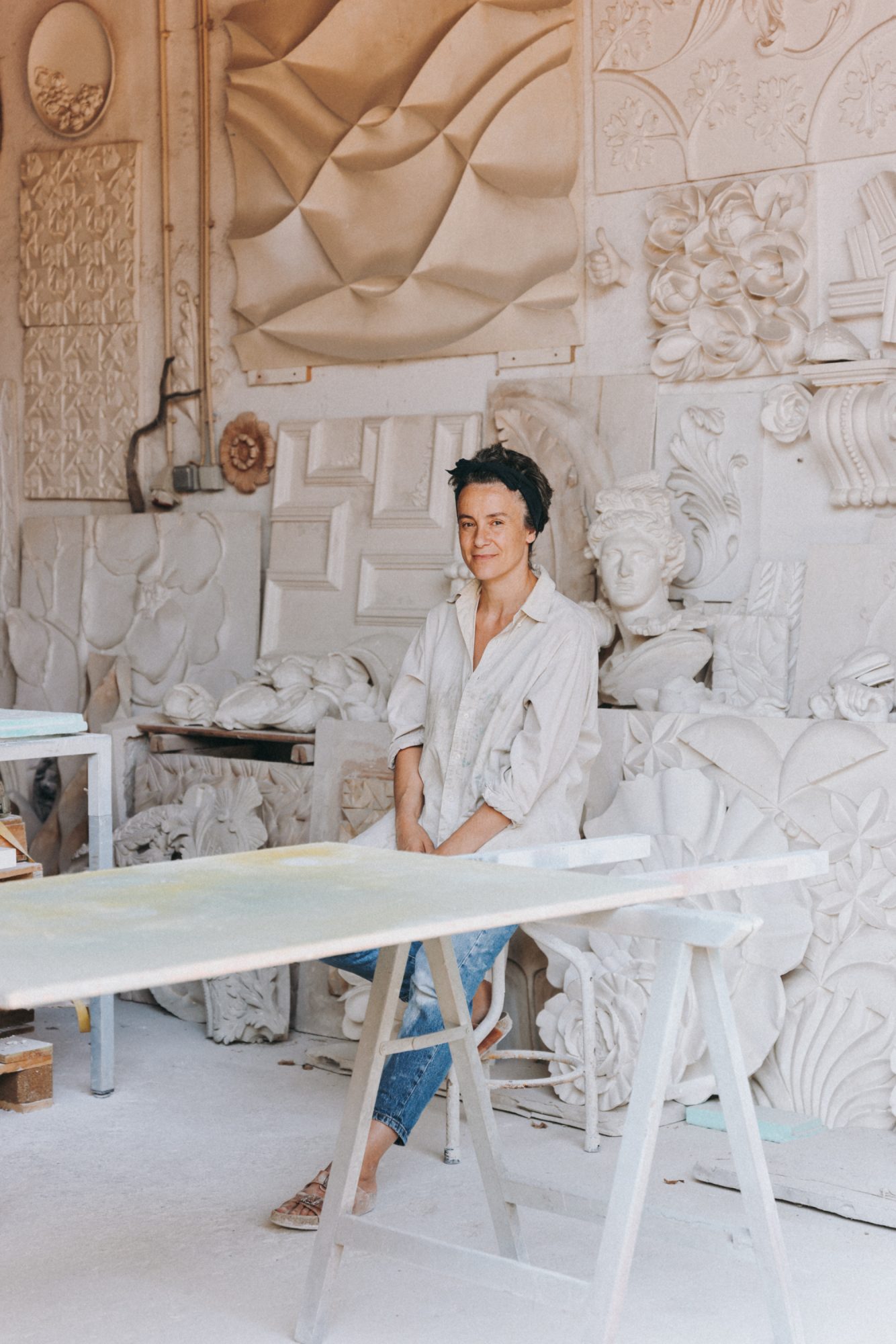His disenchantment with the profession brought him back to a childhood that had never gone away. He grew up surrounded by wool, mainly due to his mother's influence, and in 2006 he created his first brand ‘água de prata’, with which he reinvented the use of an excellency Portuguese raw material.
Hello, João. Tell us a bit about yourself and your career.
My name is João Bruno, and I’m a textile artist. My journey into the art world happened almost accidentally. I studied social communication and became a journalist. That was my absolute dream. Disillusioned with the world of communication, I found this path accidentally, as I said. I never pursued this dream; it wasn’t a dream, but wool, this world of textiles, found me. In a way, it’s always been connected to me because ever since I was a child, I’d had contact with the world of woolens; that seed has always been there, even without me knowing it.
What memories do you carry with you from that universe?
The memories I carry with me and treasure the most about textiles and wool, in particular, are entirely sensory. Wool has a very strong odour, which is very distinctive. The material’s texture is also very unique, and in the specific case of Arraiolos wool, which is 100 percent virgin wool, it’s even more distinctive. And then I have other memories, such as gestures. This position of the arms is something anyone of a certain age will remember, certainly with their mothers and grandmothers helping to fold the wool.
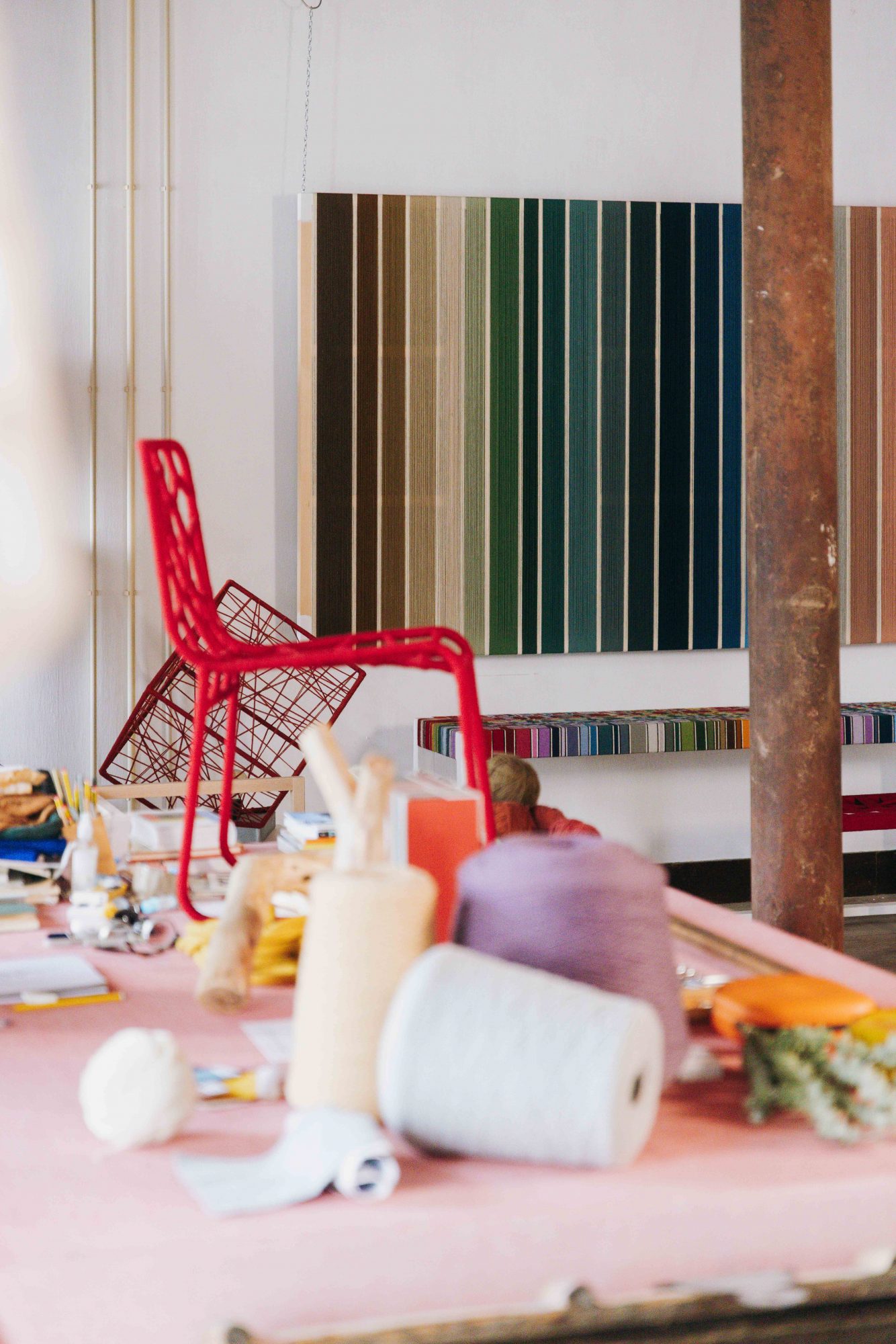
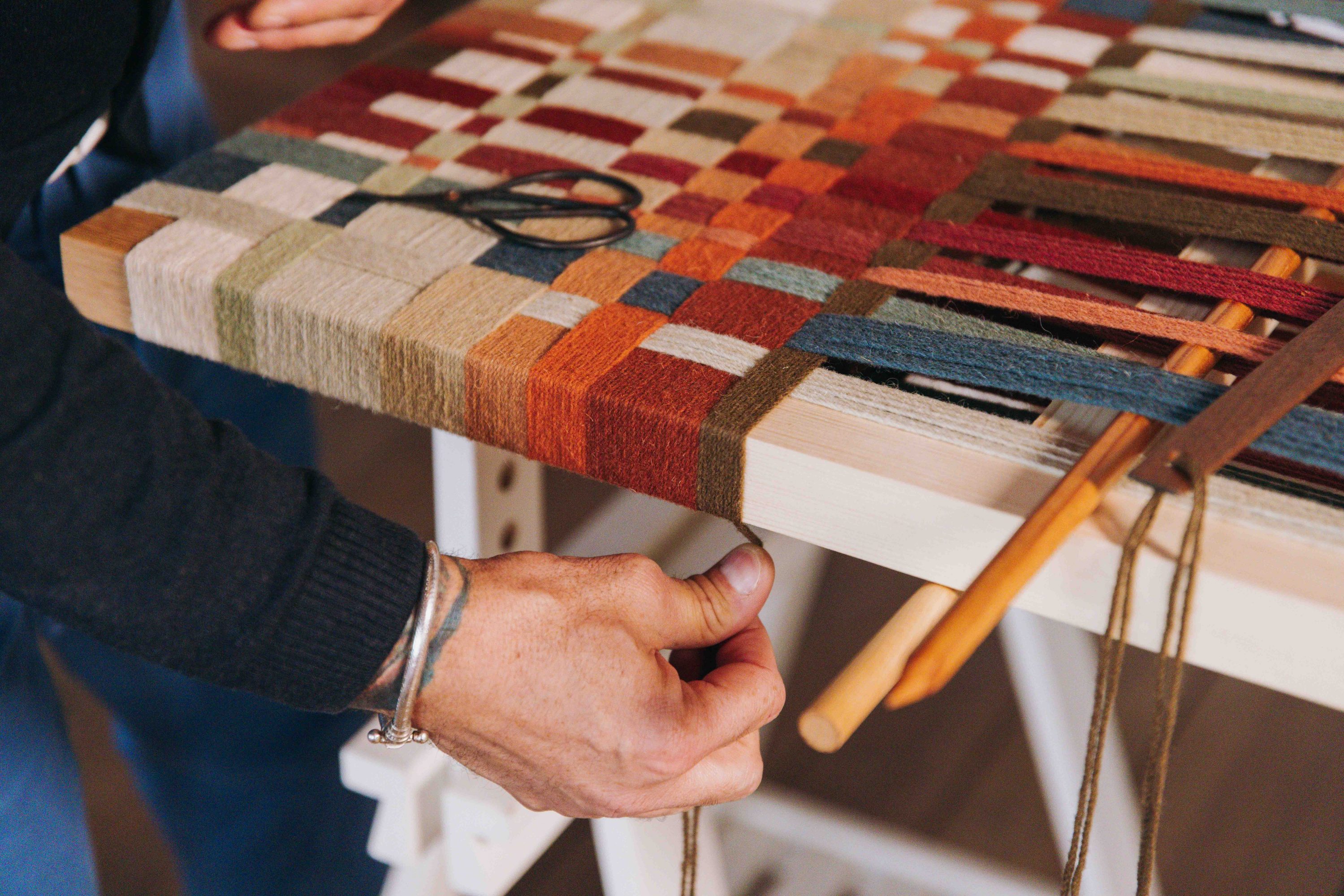
Many of your pieces are commissioned. What’s it like working for a client?
90% of the pieces I make are made to order, with the proviso that almost all the pieces, unless they are exclusively one-offs, can be customised. This applies to the customisation of the piece, which can be altered in terms of dimensions and the choice of colours. It’s the colour composition that will make a piece different.
What role does colour play in your work?
Colour is one of the hallmarks of my work. When it comes to Arraiolos, sometimes people are used to more sober colours, more pastel colours. But I took the Arraiolos wool and went for slightly more vibrant colours. And so that became a mark of recognition. Whether it’s the choice of material, the choice of colours or the compositions I create, these are two significant features of my brand. And then, of course, colour is a universal language, it’s something that reaches everyone. Nobody is indifferent to colour. Whether you’re bold or restrained, there’s always colour. Colour is part of our lives. Our perception of colour is different, of course, and it differs from person to person, but it’s a language that reaches everyone and changes our day. We don’t live in black and white.
Has colour ever been the starting point for a piece?
Colour is almost always the starting point. Not specifically in the formal conception of the piece because the conception, the structure of the piece, is not directly associated with colour, but in the execution, it is colour that determines the process of the whole work.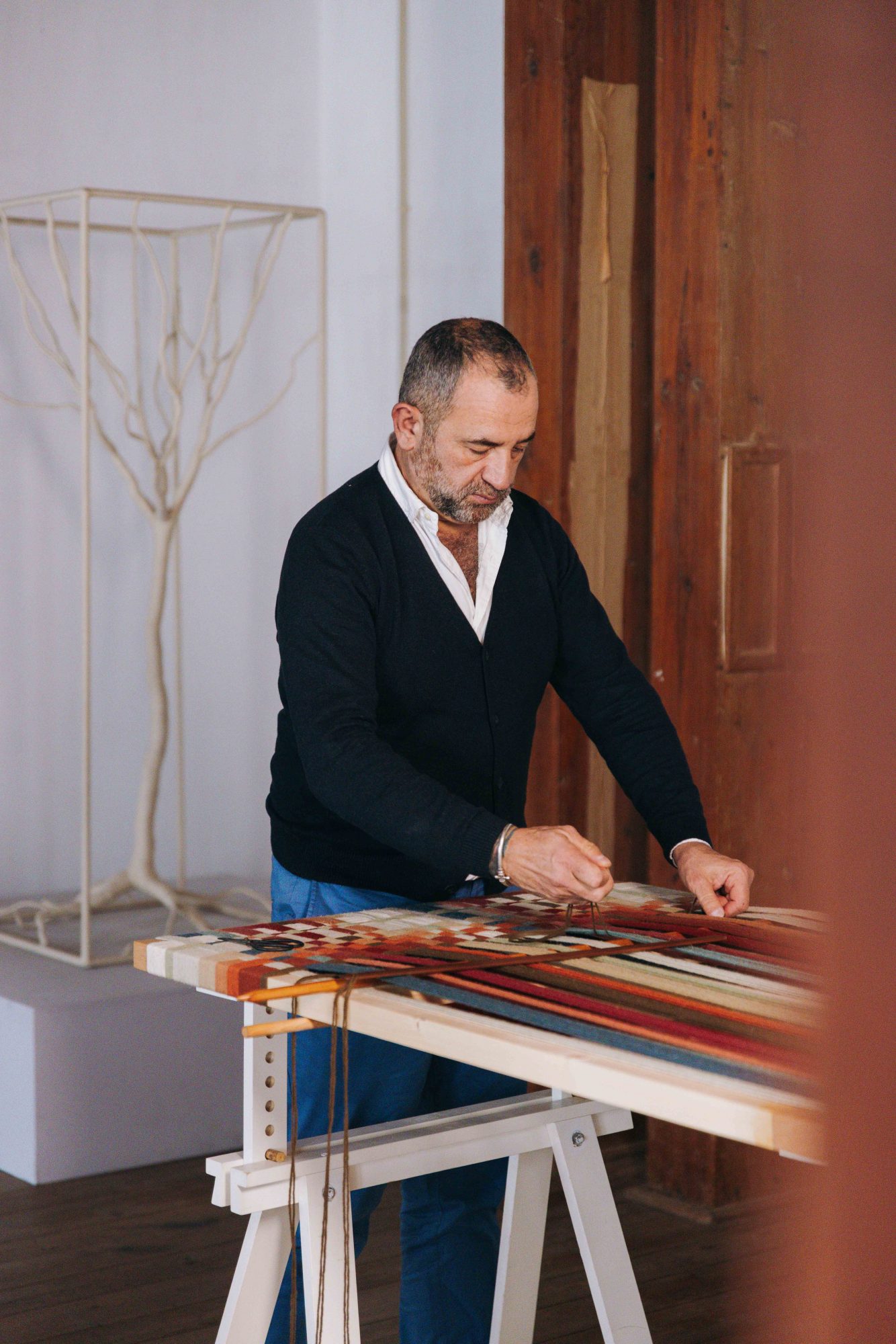
Can you pick out three colours that you like to work with?
White is almost always present in my work. And often in monochrome, because it also happens. But in terms of colours, I would choose blues, because I like working with the colour scale; yellow, which is the brightest and most lively colour we have; and within the range of oranges, old pinks, which I love when combined with a more aquatic green or even softer blues… I like all colours.


